(sale Sword) Two handed Danish Sword (#98823)

Relative condition: 7/10
Structural integrity: 9/10
Reason of sale: Cosmetic Damage at the base of the blade at the guard and slight warp at top 3rd of the blade. See image gallery for details. The structural integrity remains intact.
The sword is extremely well balanced and very responsive. It can be handled with one of two hands. While held, the sword feels like an extension of ones’ arm. Responsive and light, it is quick and can deliver deadly strikes.
Blade: 5160 High Carbon Steel. Dual Tempered HRc 60
48-50 at the core
Total length: 50″
Blade length: 39″
Blade width: 1.5″
Weight: 2 lbs. 11 oz.
POB: 4 inches (the shoulder)
USD480.00 – USD640.00

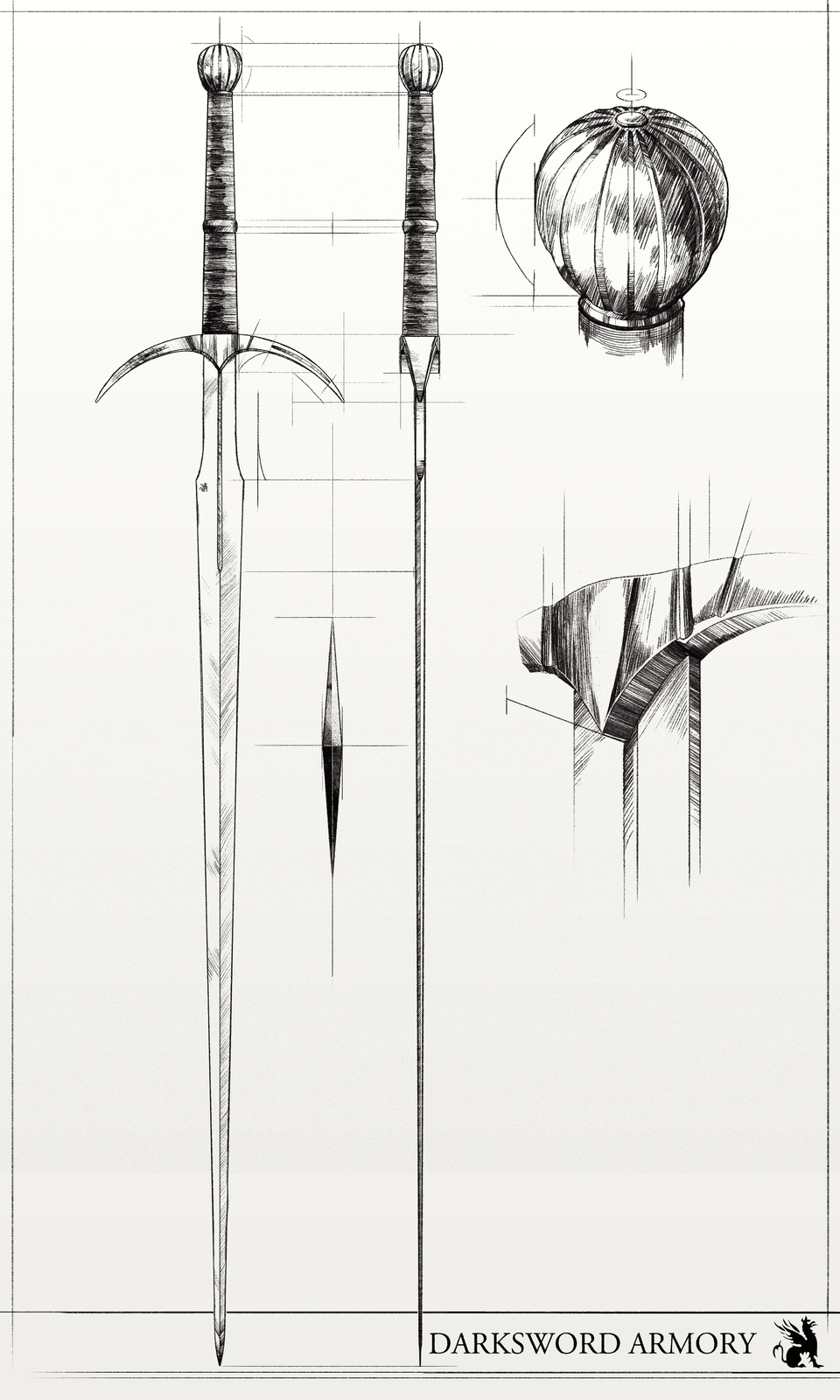 The early history of Denmark, as part of the Nordic region, is dominated by the Viking age. The early Danes – or those who would become the early Danes – inhabited Denmark from the late 5th/early 6th century and onward. Epic poems (including Beowulf, one of the most well-known Old English documents in history) make reference to the Danes as fierce warriors. And not without reason; at the onset of the 9th century the Danes – like others in the Norse lands – participated in the exploration, settlement, and enthusiastic plunder the Vikings were so well known for.
The early history of Denmark, as part of the Nordic region, is dominated by the Viking age. The early Danes – or those who would become the early Danes – inhabited Denmark from the late 5th/early 6th century and onward. Epic poems (including Beowulf, one of the most well-known Old English documents in history) make reference to the Danes as fierce warriors. And not without reason; at the onset of the 9th century the Danes – like others in the Norse lands – participated in the exploration, settlement, and enthusiastic plunder the Vikings were so well known for.
Danish Vikings raided, traded, and conquered their way across Europe, establishing settlements in England, France, Ireland, and across the Netherlands. Their shipbuilding and navigation skills were so great that they settled as far away as Greenland, and even made contact with the Americas. The Danish lands existed over a wide area of Western and Northern Europe in one form or another for centuries. As the Middle Ages progressed the kingdom of Denmark went through multiple changes in borders and leadership due to pressures and turmoil inside and out. War was not just a common feature of Denmark’s history, it was a way of life – and other nations did not enter into battle with them lightly.
Due to this fairly colorful history, the Danes became known for some distinctive weaponry, of which this Danish Two-Handed battle ready Sword is an example. This medieval sword is classified as an Oakeshott Type XVIIIe, a very unusual member of the Type XVIII group. While it is believed that some examples of this group may be German or Italian in origin, the vast majority of Type XVIIIe medieval swords have been found almost exclusively in Denmark. Sword scholar Ewart Oakeshott in his 1964 volume The Sword in the Age of Chivalry remarked, “So many of these swords have been found in Denmark (including one which belonged to King Christian I, 1450-1481) that it may be said they are a characteristically Danish type” (p. 72). These Two-Handed Danish swords are some of the few that can be safely tied to a specific region.
The unique and defining characteristic of this type of sword is its unusual narrowed ricasso. It features a long, stiff diamond shaped blade with an extremely long handle, making it suitable for cut and thrust swordplay as many other swords were in the later 15th Century. Light and well balanced, this two handed battle ready sword has excellent cutting and thrusting abilities. Guided and balanced with the decorated globe pommel, the pointed guard can be used as a weapon capable of stabbing under the gorget and helmet, effectively defeating the opponent. The Danish Two handed battle ready sword’s long, unsharpened ricasso can be gripped to shorten up the blade for closer work. This option to fight with the “half sword” makes the Danish Two-Handed Medieval Sword an incredibly versatile weapon, able to be wielded as a two-handed sword or almost as a short spear when gripped at the ricasso. One of the most unique swords of the Late Medieval Period, The Two-Handed Danish Sword is sure to impress
Blade: 5160 High Carbon Steel. Dual Tempered HRc 60
48-50 at the core
Total length: 50″
Blade length: 39″
Blade width: 1.5″
Weight: 2 lbs. 15 oz.
POB: 4 inches (the shoulder)
customer review of the Danish Sword:
“I love this sword, it’s light and very sharp, and the interlaced sword belt lets it be worn easily. The sword itself is very good for thrusting, and has a thin, narrow blade. It is in fact so light that I can effectively wield it with one hand. It is by far the best sword I’ve ever bought”. – Z. Beaman , USA.
| Package: | Blunt blade & Scabbard : $630.00, Sharpened blade & Scabbard : $665.00, Blunt blade, Scabbard & Interlaced Sword Belt : $755.00, Sharpened blade, Scabbard & Interlaced Sword Belt : $790.00 |
|---|
Be the first to review “(sale Sword) Two handed Danish Sword (#98823)” Cancel reply
This site uses Akismet to reduce spam. Learn how your comment data is processed.
“Lo. The Spear-Danes in days gone by and the kings who ruled them had courage and greatness. We have heard of those princes' heroic campaigns.”
* the opening lines of Beowulf, c. 975–1010 CE
The country now known to the world as Denmark has a long and varied history as one of the oldest nations in the world. While it is currently a peaceful nation, it has its roots back past the Middle Ages to the Viking era – and beyond. In fact, the current monarch of Denmark can trace their family line back to the tenth century CE, which makes it the oldest monarchy in Europe. Like most European countries there are many surviving examples of swords and other combat artifacts, from the Renaissance on back. In order to truly appreciate the incredible weaponry that this culture devised, one must understand the tumultuous history of this great nation.
Gorm the Old is one of the most famous of the early rules of Denmark; famous in part because the current rules are his descendants. He became king after the death of his father, Harthacnut, who conquered western Denmark from the previous ruler. While Gorm’s reign was relatively short, it was also quite active, as he conquered more of modern Denmark and set the stage for his son and successor, Harald Bluetooth. Harald and his brothers led warriors from Denmark (who were cunning shipbuilders) on raids across Europe, similar to the raids that were occurring out of Sweden and Norway. Thus, the early Danes were among the peoples known to the world as Vikings, and these warlike traits were carried by their culture into the Middle Ages.
The Danes of the Viking and Medieval eras were fearsome warriors, and as such Denmark's territory expanded greatly. By the middle of the 11th century, though, the Christianization of Europe was well underway. Denmark as a nation had ceased its Viking and raiding activities, and some of its territories (including England) broke away from control. What followed was a period of strife both internal and external as Denmark lost territories, won them back, had kings assassinated, suffered civil wars and split into three parts. Finally in 1157 CE Valdemar I the Great became king over Denmark, and set in motion events that would see massive changes come over the country. Valdemar rejected to rule of the Holy Roman Empire and established Denmark as an independent country; his son Valdemar II would continue reforms by instituting the feudal system and creating a code of laws – including the unprecedented step of allowing a parliament to be created. After Valdemar II’s death the country destabilized again, losing two more kings to assassination and seeing borders shift and change.
The late Middle Ages were a time of continued strife in Denmark, defined by infighting and semi-successful military campaigns. When Valdemar IV ascended the throne in 1340 CE, though, he succeeded – though tactics both economic and military – in reuniting the sundered lands of Denmark under one banner. He spent his reign strengthening Denmark’s borders and economy and stabilizing the monarchy until his death in 1375 CE, setting up Denmark in a position of power like it had never known.
Now at its zenith, the monarchy of Denmark successfully waged war across Europe and expanded its borders well into the Renaissance. The Danes also struggled through, along with most of Europe, the civil wars that rages as a result of the Reformation – yet emerged relatively on top compared to the surrounding nations.
It is from this proud nation during the Renaissance that a distinctive sword design was developed. Replicated here by Darksword Armory as the Two-Handed Danish Sword, it was dubbed Oakeshott Type XVIIIe. Ewart Oakeshott in The Sword in the Age of Chivalry, “So many of these swords have been found in Denmark (including one which belonged to King Christian I, 1450-1481) that it may be said they are a characteristically Danish type… it does seem, on the whole, that sub-type XVIIIe is Danish” (p. 72-73). This sword represents the culmination of centuries of warfare in a culture whose people fought for land for honor, and for God. Such a pedigree as this makes the Darksword Armory Danish Two-Handed Sword a fitting piece for any student of European history.
Related products
HEMA Swords, WMA Swords and Weapons
Uncategorized
Medieval Armor




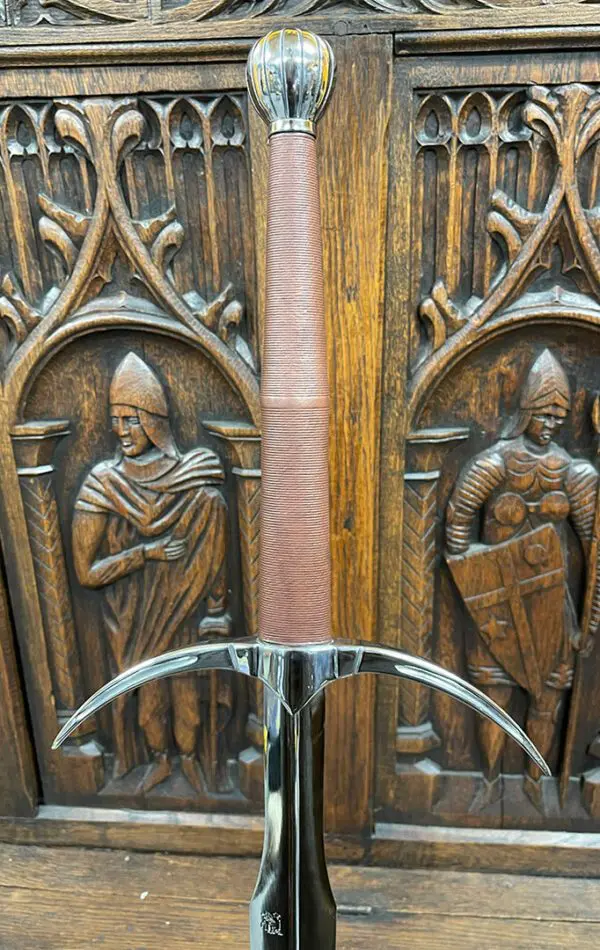
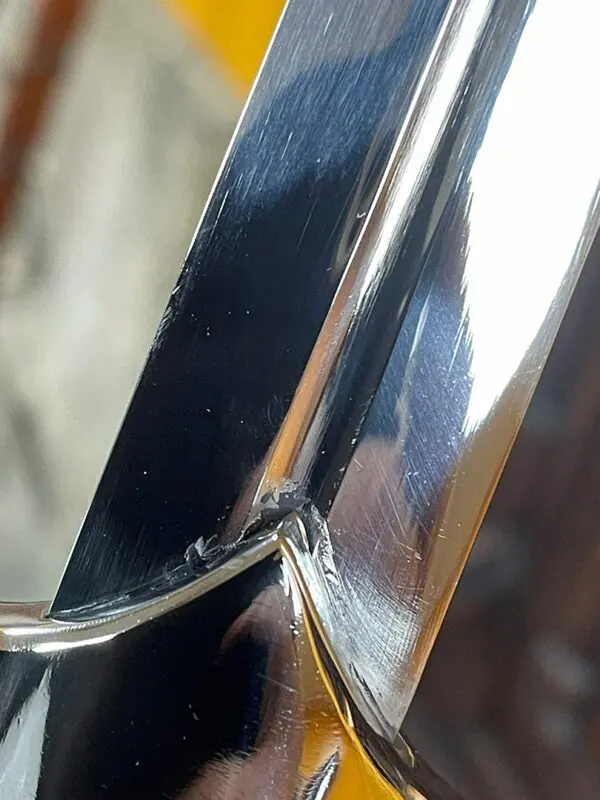
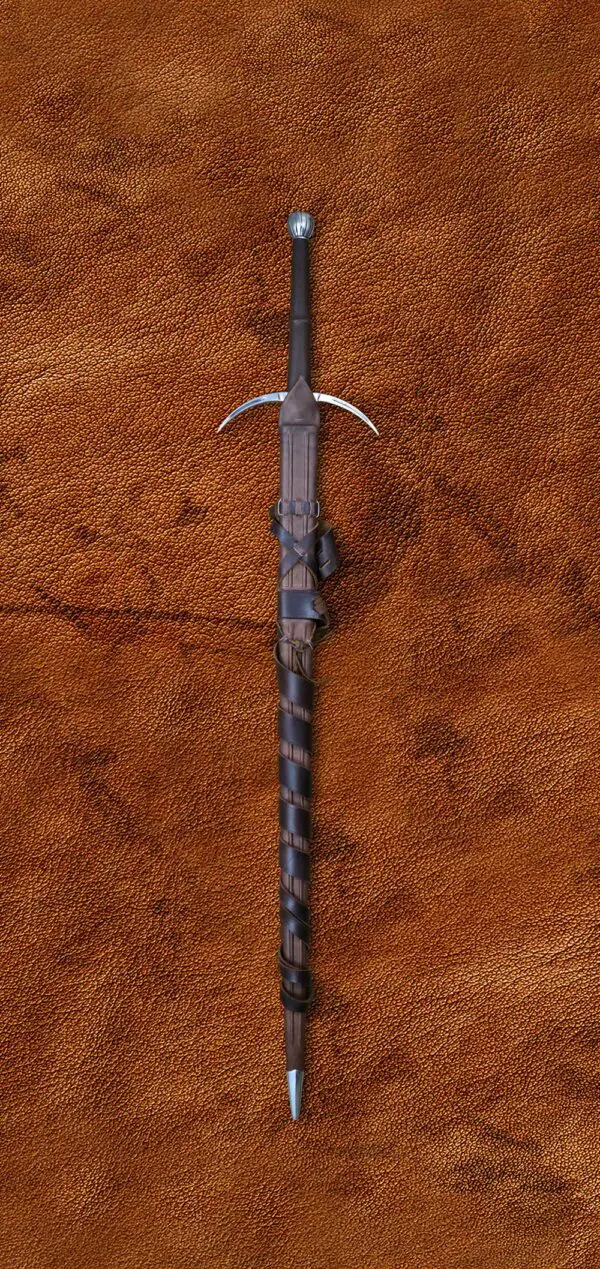
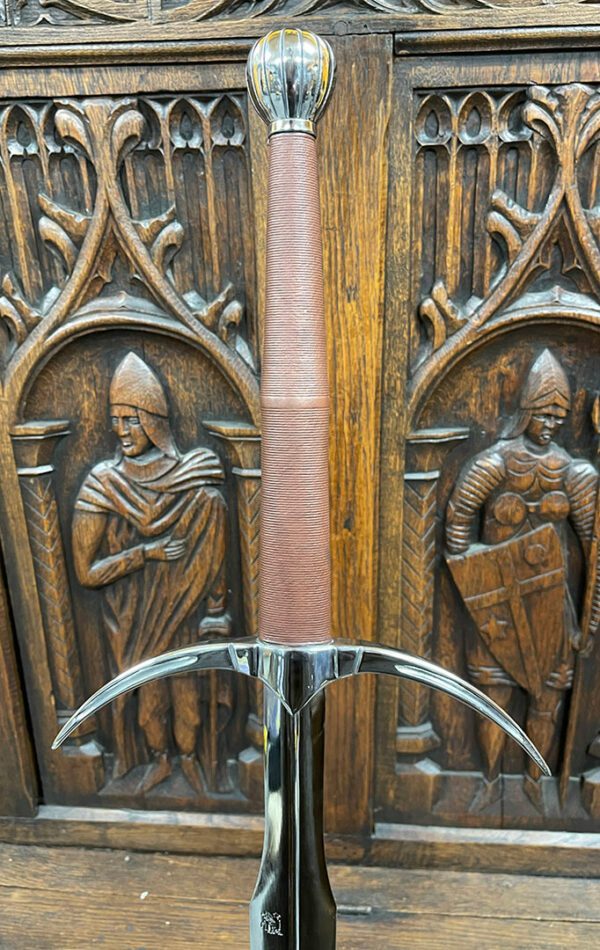

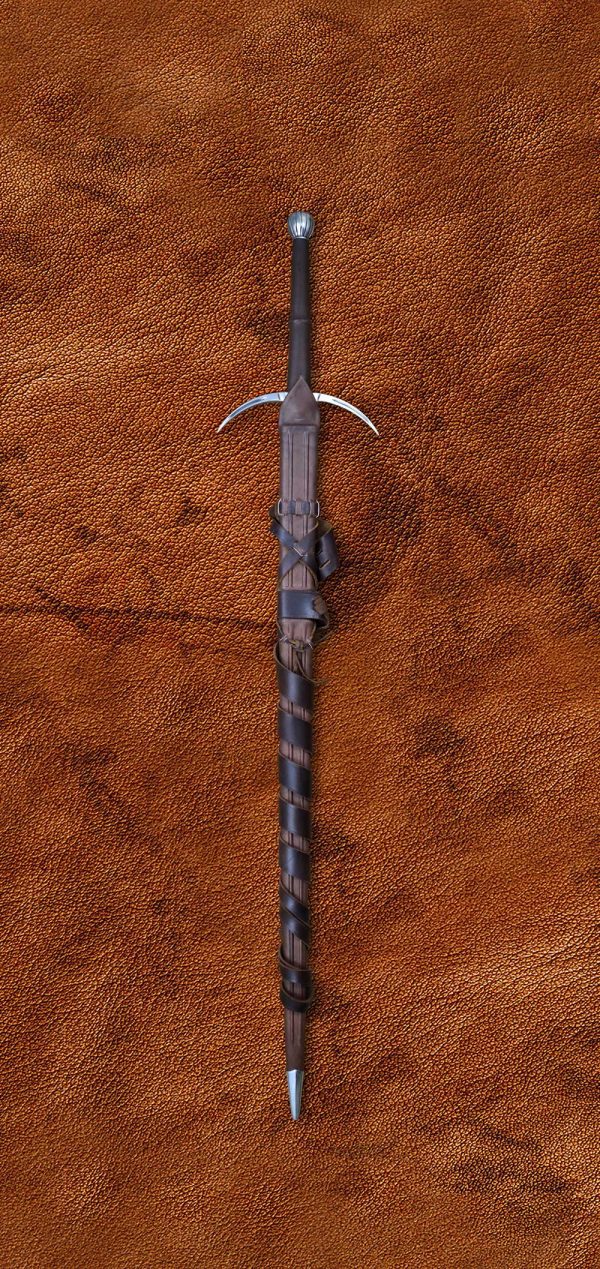




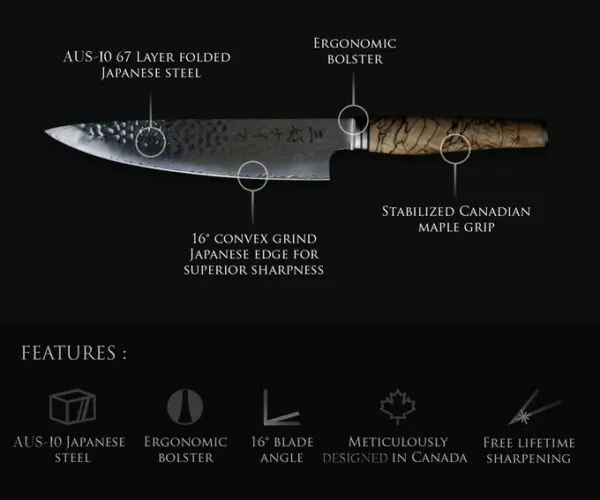
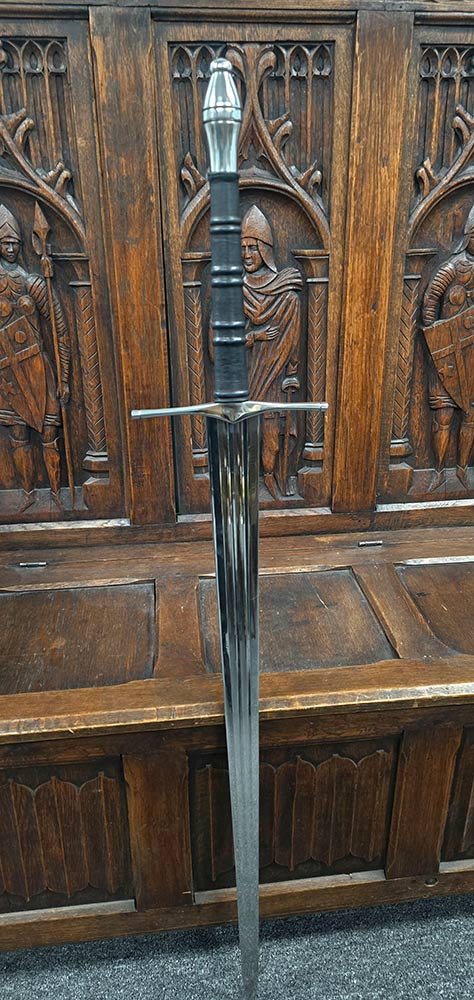
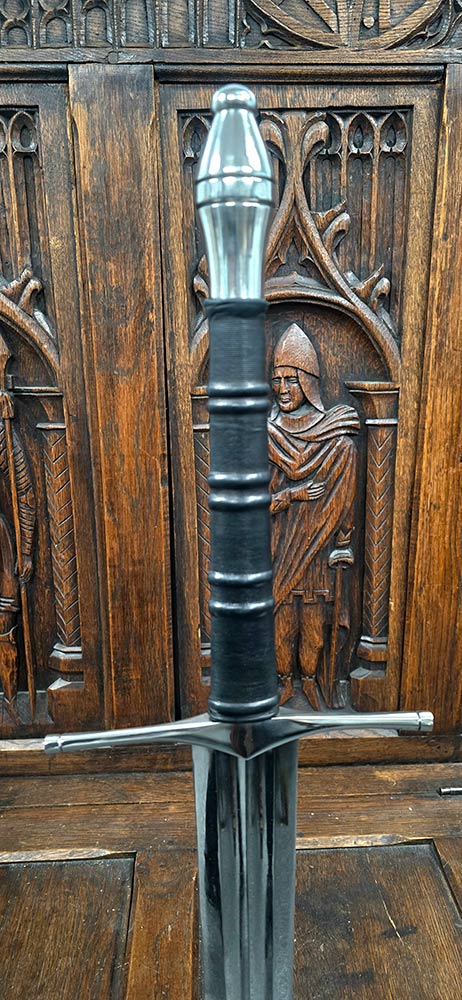
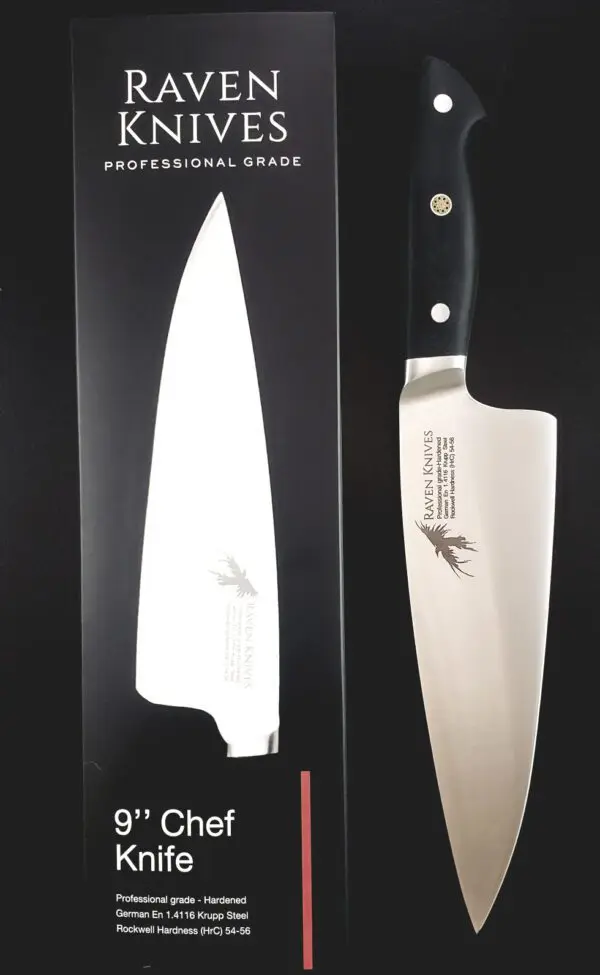
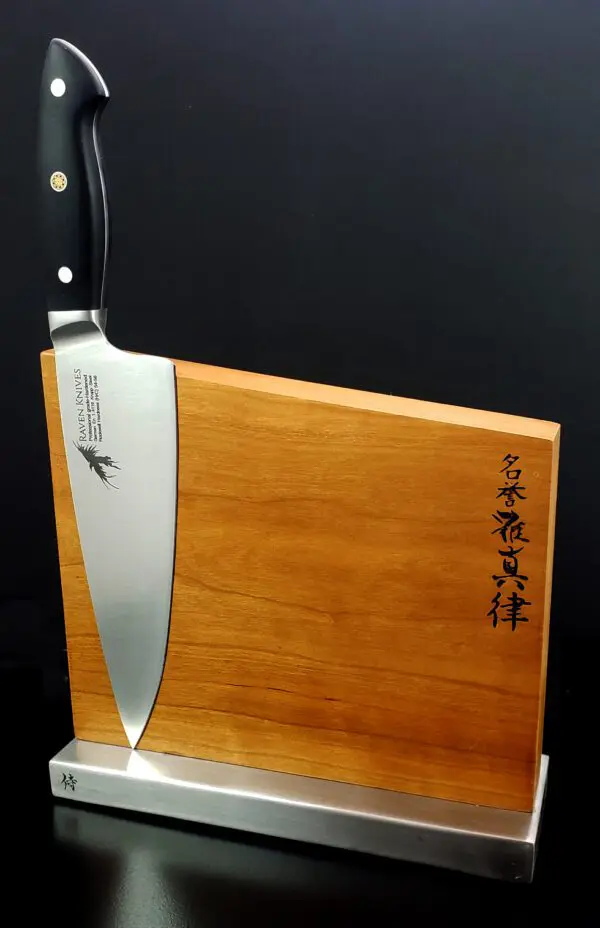

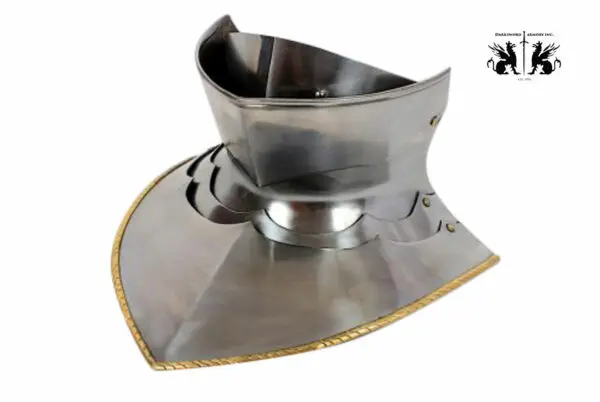

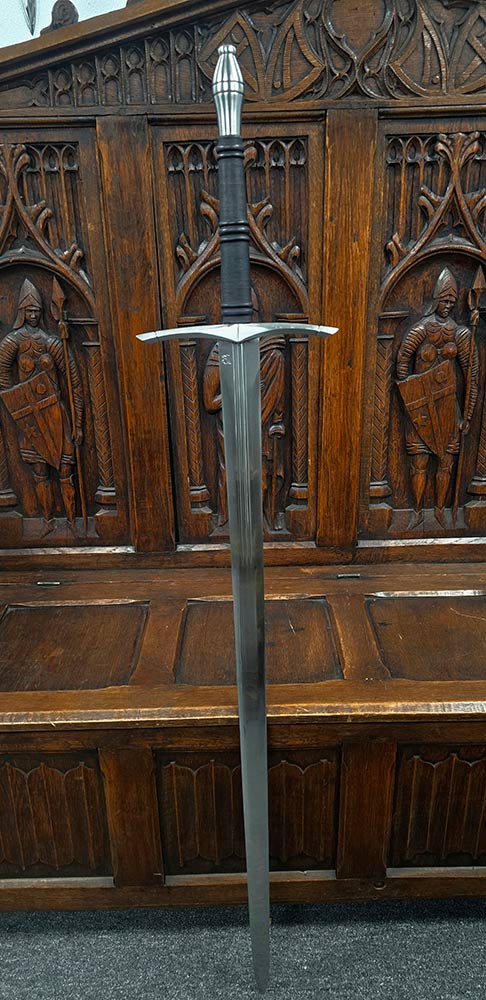
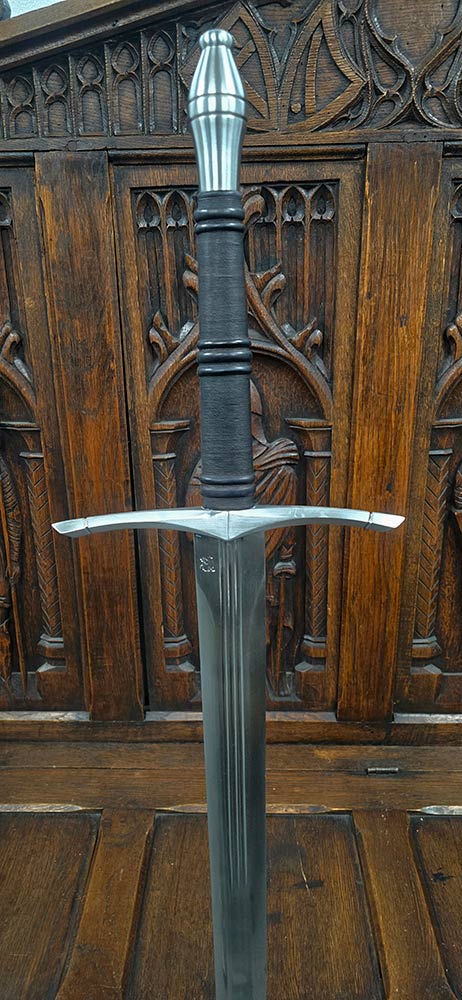


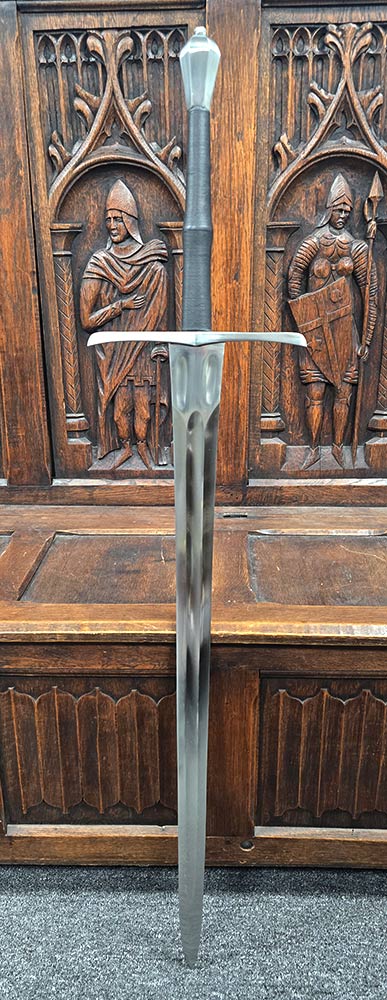
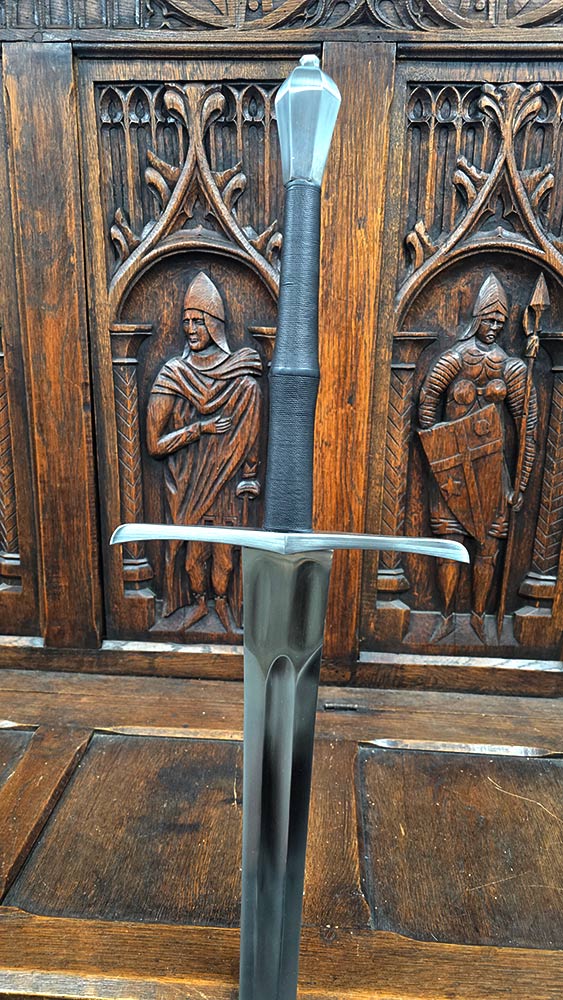



Reviews
There are no reviews yet.